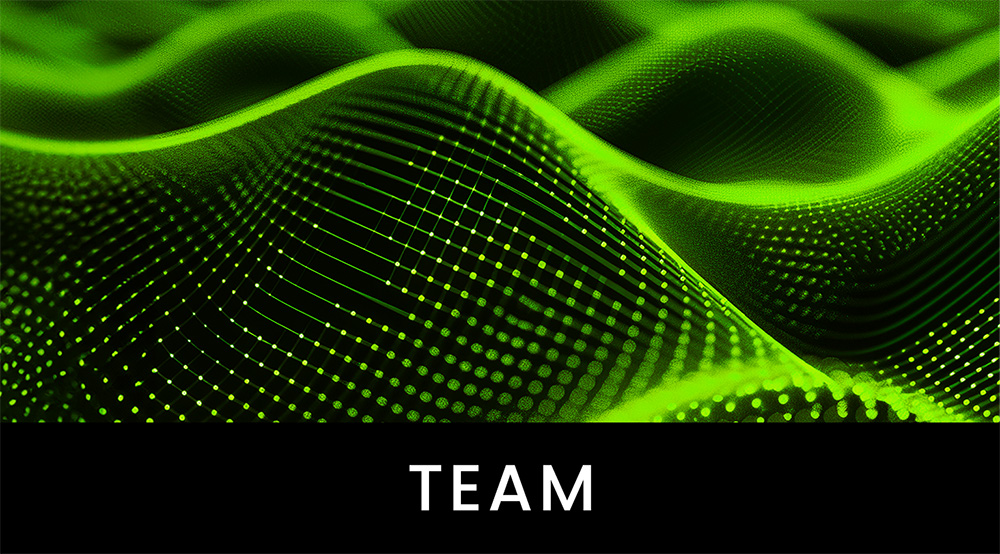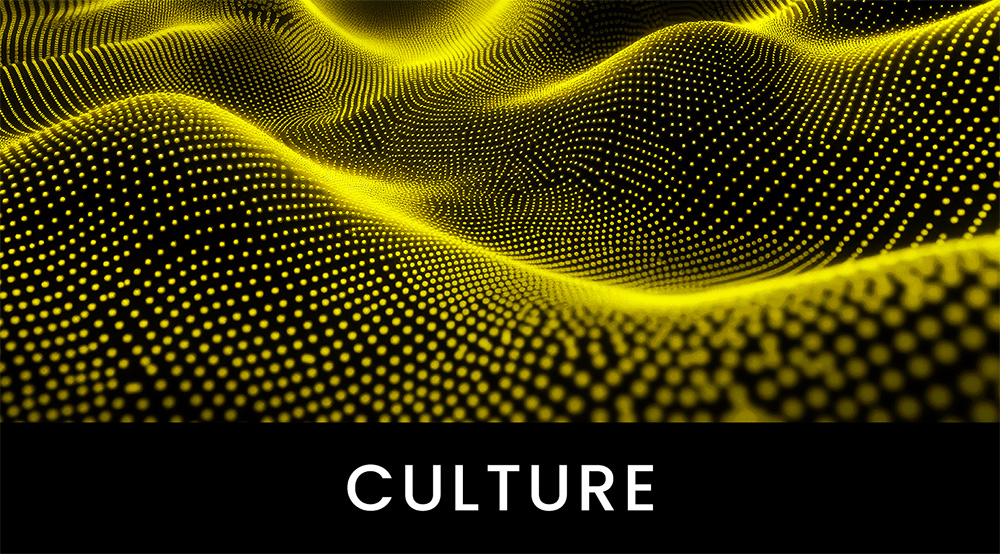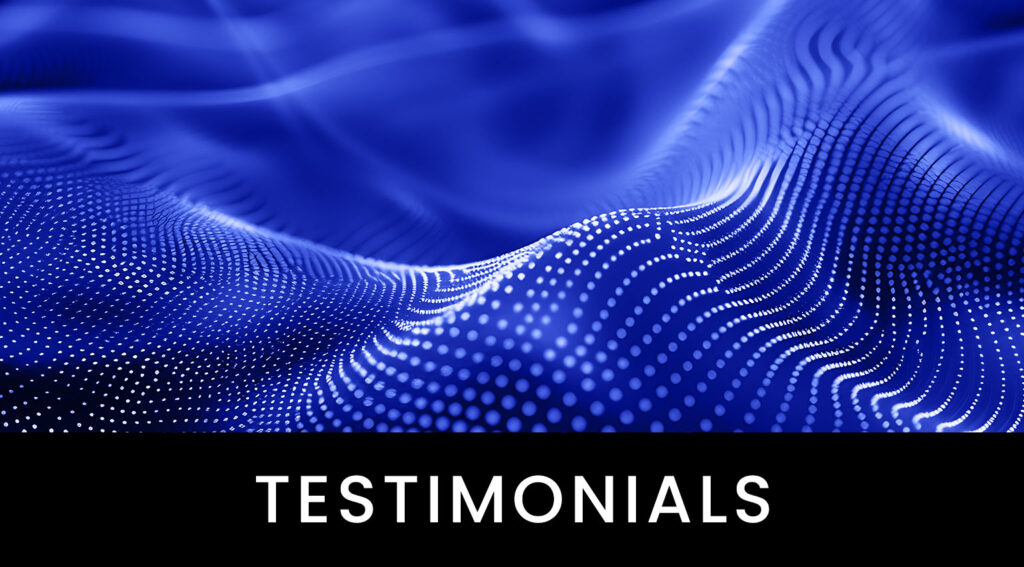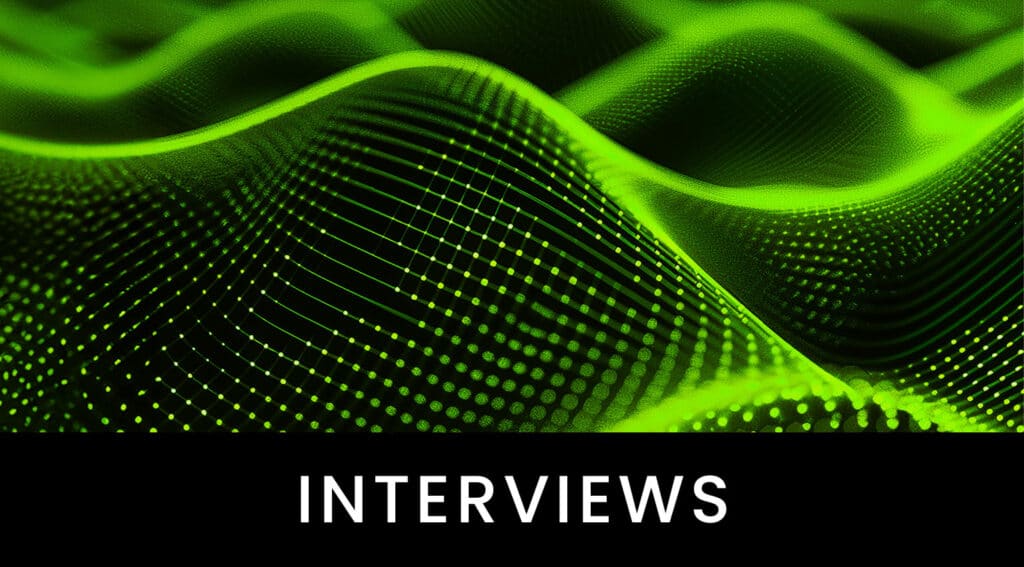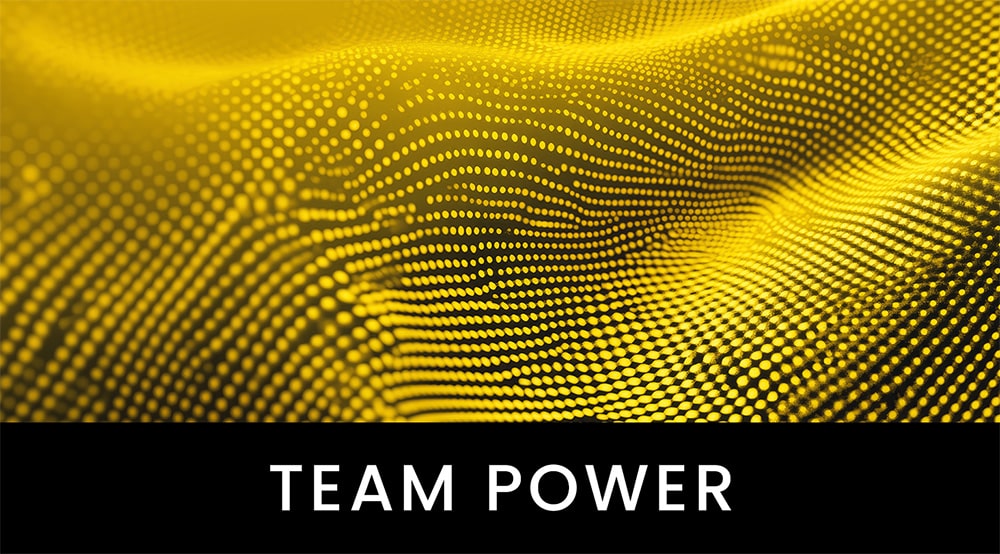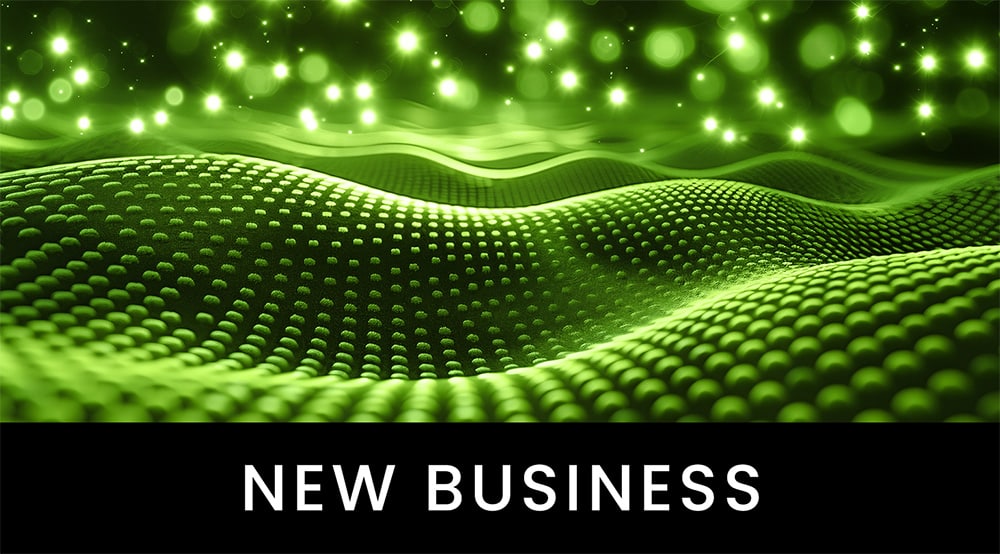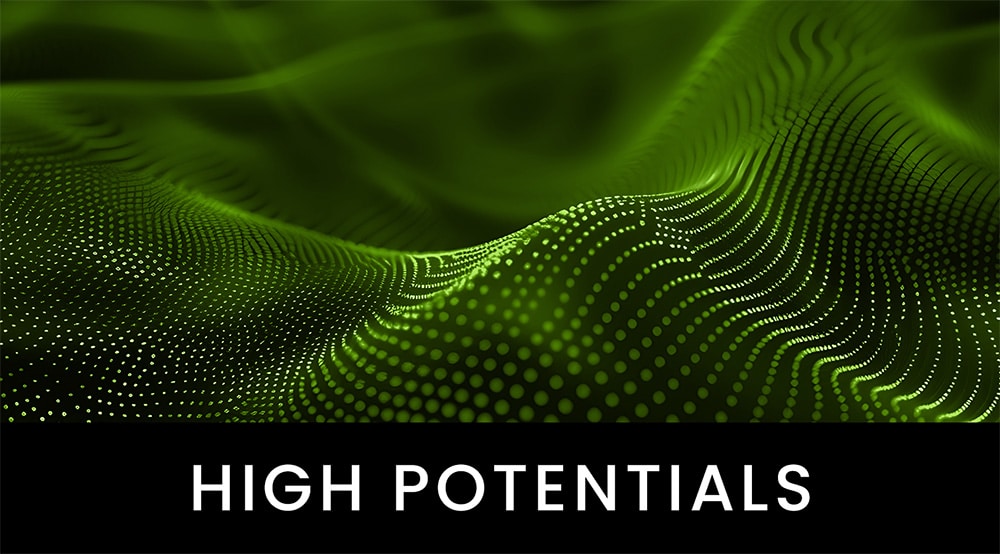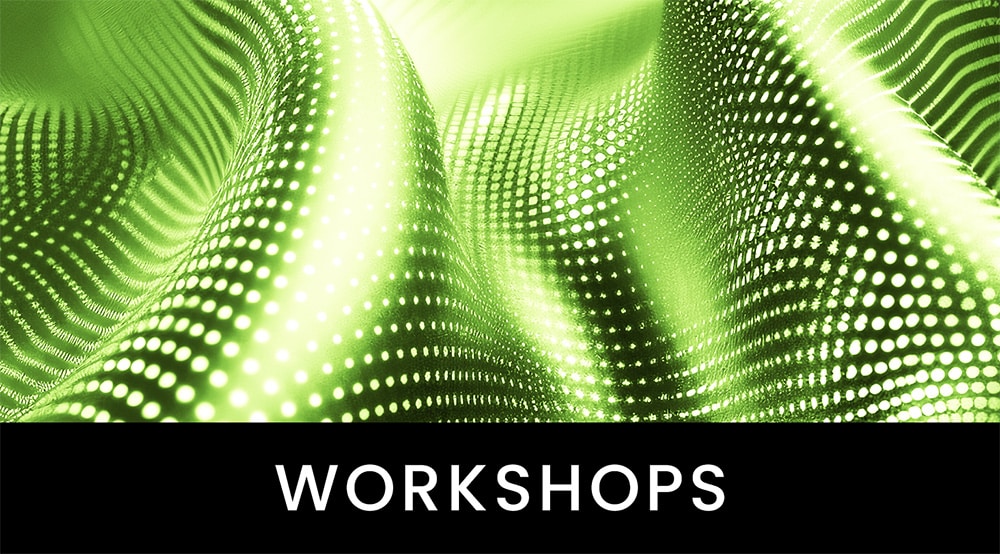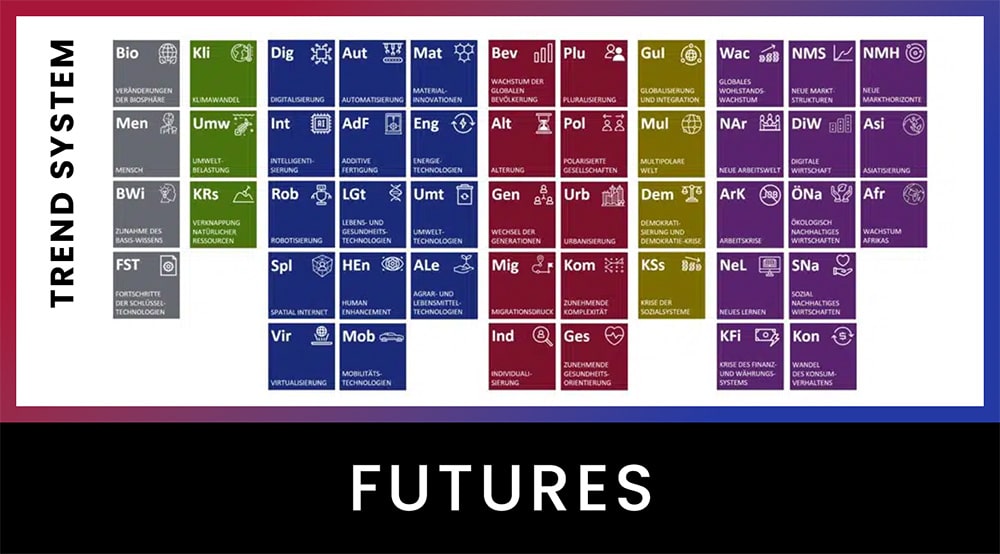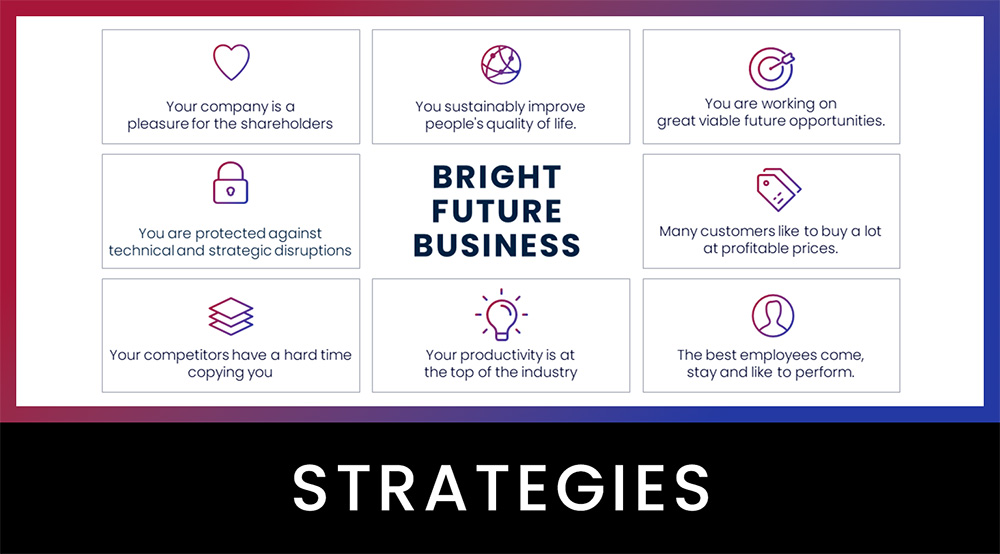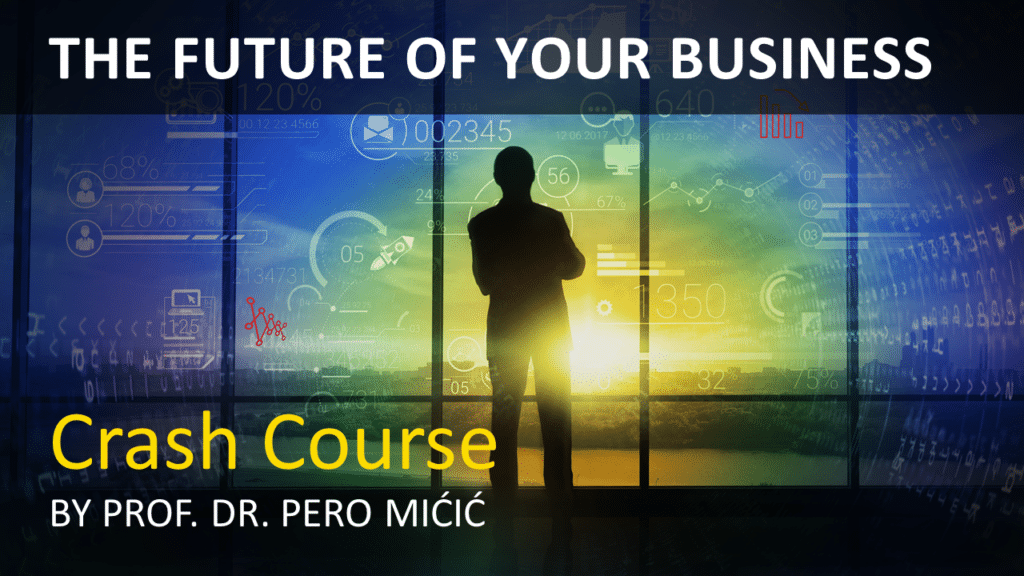11 questions and answers from an IT perspective
Interview with Prof. Dr. Pero Mićić, CEO of FutureManagementGroup AG in Eltville am Rhein, conducted by Ralf Fischinger and Dieter Rieken from Dätwyler IT Infra.
You say that leaders need an attractive and compelling future vision. What role should AI play in it?
An effective vision of the future with AI should generate a future to look forward to. Otherwise a crippling anxiety will take over. It should credibly Show how people can have their workload lightened by AI so that they can concentrate on their strengths, creativity, empathy, leadership. It should make it clear that AI can generate a better quality of life in the Long term. All activities should be aimed directly at this vision of the future.
How can AI create a benefit that also drives higher revenue and profit?
AI is like an amplifier for our brain. Literally everything we can do with our brain can and will be done better by AI, more creatively, more quickly, more reliably and more cheaply. By identifying and understanding customer problems and developing and implementing highly individual solutions. And essentially all processes will become
more efficient and also more productive. An important point, there is no “afterwards”. AI is and will continue to be an ongoing task.
How can companies use your Eltville Model to develop accessible, future-proof AI strategies?
The blue “future glasses” help companies identify and understand how AI is changing their industry. The red ones, where unexpected AI risks are lurking. The green future glasses show new opportunities. The yellow ones define an AI future to be aspired to. And the violet future glasses formulate a robust strategy from it. So uncertainty becomes an opportunity for shaping the future.
Given the enormous volumes of data required for AI, how urgent is the need to expand IT capacity?
Extremely urgent. AI needs a solid, scalable digital infrastructure like a factory needs electricity. Otherwise you won’t be able to realise the full potential of AI and will fall behind the competition. There will be some fascinating innovations in this field. For example, in the future, the AI inference engines in cars will be connected to virtual AI training centres.
What is the biggest bottleneck in building AI-capable infrastructure?
The greatest constraint is not technology, but the thinking. A lot of people underestimate the strategic significance of digital infrastructure. It is delegated as something for IT rather than being treated as a managerial task. But without a digital substructure, every AI initiative will remain incomplete. Future security always starts in the head. As does failure.
How can companies maintain sovereignty over their data when using AI?
If you want real data security, you should run AI in hybrid or private infrastructures. Public clouds are convenient but risky. Because, for example, unfortunately, our American friends have frankly become more challenging. Not to mention cyber hackers from hostile regimes. Sensitive processes belong in private data centres or sovereign clouds.
How can the rising energy consumption driven by AI be aligned with a future-proof IT strategy?
One day photonic chips might lower energy consumption per token to a hundredth of the amount. But until then all AI resources should of course be streamlined for energy efficiency. Based on green energy, heat recovery and modular architecture. The more efficient the hardware and the algorithms, the smaller the footprint.
Which industries can — and will — achieve the greatest competitive advantages?
The greatest advantages are achieved by industries with high volumes of data and a lot of knowledge work, for example health, finance, industry, logistics, consulting. Also, AI is indeed becoming “physical” in the form of AI controlled vehicles, industrial robots and humanoid robots. Considered overall, there is virtually no industry that
cannot benefit massively from AI. Whether they do depends upon the particular management team.
What is the greatest organizational or cultural challenge to emerge as a winner from the AI transformation?
The greatest barrier is often human behaviour. Anyone who values old and trusted over new and better will resist AI and will not get on board. Often in a way that cannot be seen from the outside. So again I would ask and recommend that the central task of the management team be to develop the company’s next phase with the most professional use of AI as a vision of the future, to themselves spread the idea of a bright future and convince the team.
A large share of AI projects fails, generating no added value. What makes AI projects more successful?
AI is neither a project nor a transformation that has an end. But, now and for ever, AI is like a booster for every brain in the company. First of all, use AI to lighten the most laborious, the most boring, the most difficult tasks for all employees. Encourage and enable each and every one to use AI for exactly that purpose. Then, use AI to create
better solutions to the most burning customer problems. If it fails, it won’t be the fault of AI.
If you could give companies today a key message for managing the AI future, what would it be?
Your most important task as leaders – and also the only task that you cannot delegate – is to develop a vision of the next era of your company together with your team. A company that can provide enormous customer benefits with AI will be highly productive and make work a pleasure. That vision of the future must then become effective in every employee and generate a future to look forward to.


